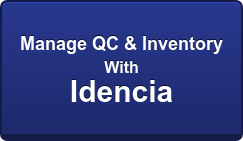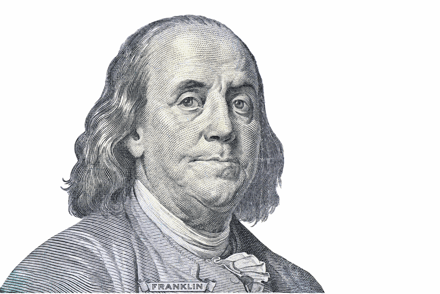
For architectural precast producers, virtually every manufactured product is unique. They typically produce many products for a job and are managing several jobs at one time. This creates the potential for significant wastes of time consumed searching for inventory and managing form changes. Smart producers recognize increased profit potential from reducing waste with concrete tracking.
How does concrete tracking enable producers to improve profits? By reducing waste through the practices of:
1. Inventory Management
Each manufactured piece is serialized with an RFID tag or concrete bar code and the serial number is used to track each individual item throughout its useful life. With a click, the producer can identify where each piece is in the stage of manufacture, which pieces are in the yard, and which pieces have been shipped. Scanning the tag or bar code will automatically update the system at each stage and even use GPS coordinates to show its location on a map. Instant access to this real-time information reduces time wasted looking for inventory and minimizes shipping errors.
2. Kaizen
The foundation of lean manufacturing, Kaizen is the study of continuous improvement and reduction of waste. Kaizen is essentially a process of bench marking, measuring and analyzing for the purpose of continually wringing waste out of work flow processes. We wrote about this in extensively in 5 Lean Practices of Excellent Construction Companies. As architectural precast is essentially the art of mass producing unique products, the industry is ripe for improving margins by measuring the time required to set up forms for product runs and eliminating wasteful steps. Product tracking systems enable repetitive and consistent measurement of work flow processes
.
3. Eliminating Paper
All industries are now recognizing the substantial efficiency of digital information systems over paper record-keeping. As a document-intensive industry, architectural precast is predisposed to profit from implementing digital records:
- Engineering drawings stored on-line can be more easily shared;
- Digital files can be structured to be product-centric, so all information related to each product is stored in one place; and
- Paperless quality control can automate reporting over the time-intensive process of collecting data on a clipboard and then creating paper QC reports.
The good news is that greater profits are almost instantly available from analyzing old practices to identify where improvements can be made, then applying currently available information technology resources to implement them. Smart architectural precast manufacturers see this and are acting on it.
About Idencia
Our purpose at Idencia is to offer asset tracking solutions that improve productivity throughout the construction value chain. Our subscription offering applies RFID tracking to construction products from the time of manufacture through end-of-life. As a cloud-hosted product tracking system that is seamless between manufacturers, contractors and asset managers, Idencia adds information value to all, eliminates redundancy and saves time. If you would like to learn how Idencia can help your company, we invite you to download our Idencia Deck by clicking below.
Tags:
Market Insights
Nov 4, 2016 12:50:54 PM




Comments